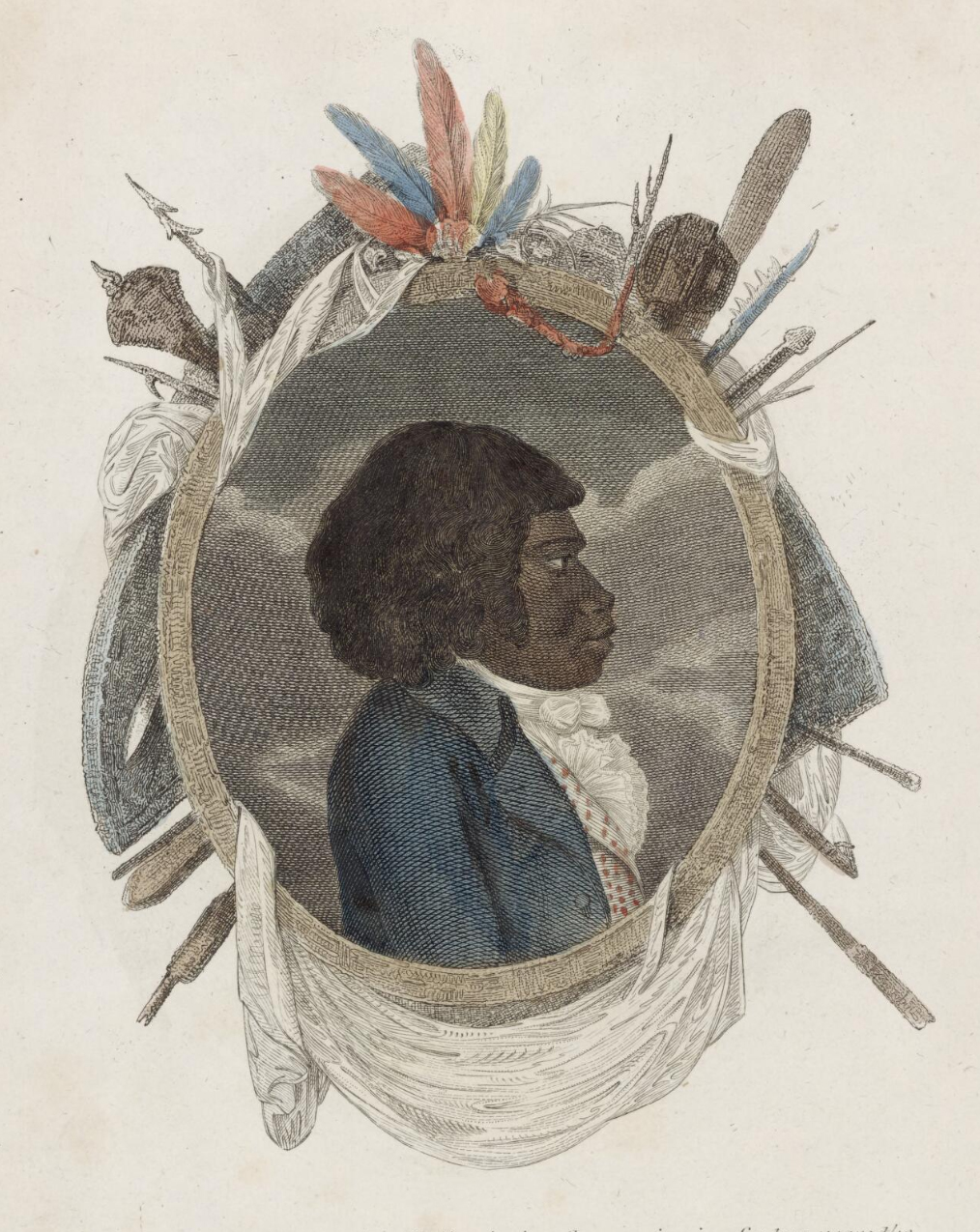Bennelong (1764?-1813) was the first Australian Aboriginal person to visit Europe and return to Australia. A member of the Wangal clan of the Eora people, he was born around 1764 in the region around the Parramatta River, near present-day Sydney in New South Wales. His full name was Woollarawarre Bennelong.

European settlers first arrived in Australia when a group of British ships called the First Fleet reached the southeast coast of Australia in January 1788 to establish a prison colony. Arthur Phillip, an officer of the Royal Navy, was the fleet’s commander. Phillip established a settlement at Port Jackson. This site became the city of Sydney. King George III of Britain had given Phillip instructions to use “every possible means” to communicate with the Indigenous (native) people of Australia. But the Aboriginal people often avoided contact with the Europeans. In 1789, Phillip kidnapped several Aboriginal people and held them at Government House in Sydney (see Arabanoo ). Bennelong was among these captives.
Although he escaped from captivity, Bennelong eventually returned to Sydney and lived in a house built for him there. In December 1792, Bennelong sailed for England with Phillip and another young Aboriginal man named Yemmerrawanne. Arriving in 1793, the two men had an audience with King George III and toured London. However, Yemmerrawanne died within the year, and Bennelong suffered poor health in the cold, damp climate.
In 1795, Bennelong returned to Australia with John Hunter, who followed Arthur Phillip as governor of New South Wales. Upon returning to his clan, Bennelong discovered that his home had burned down and his wife had left him. The last years of his life were difficult. Many Aboriginal people shunned him and accused him of abandoning his people. They did not like that he spoke English and that he had picked up many European habits and customs. He was also no longer welcome at the growing colony around Sydney, where relations between colonists and Aboriginal people had worsened. Bennelong died on Jan. 3, 1813. He was buried on the banks of the Parramatta River.
